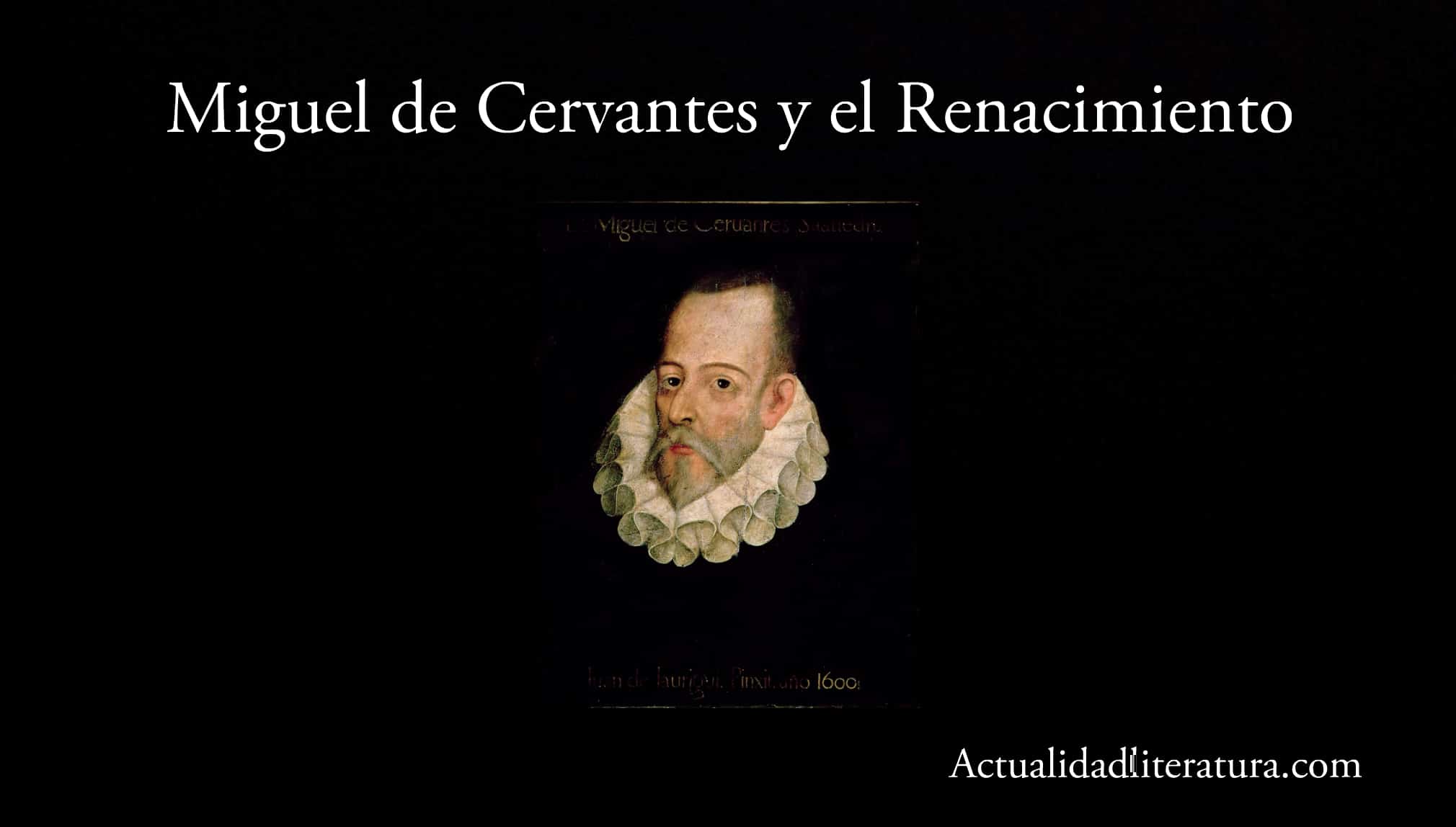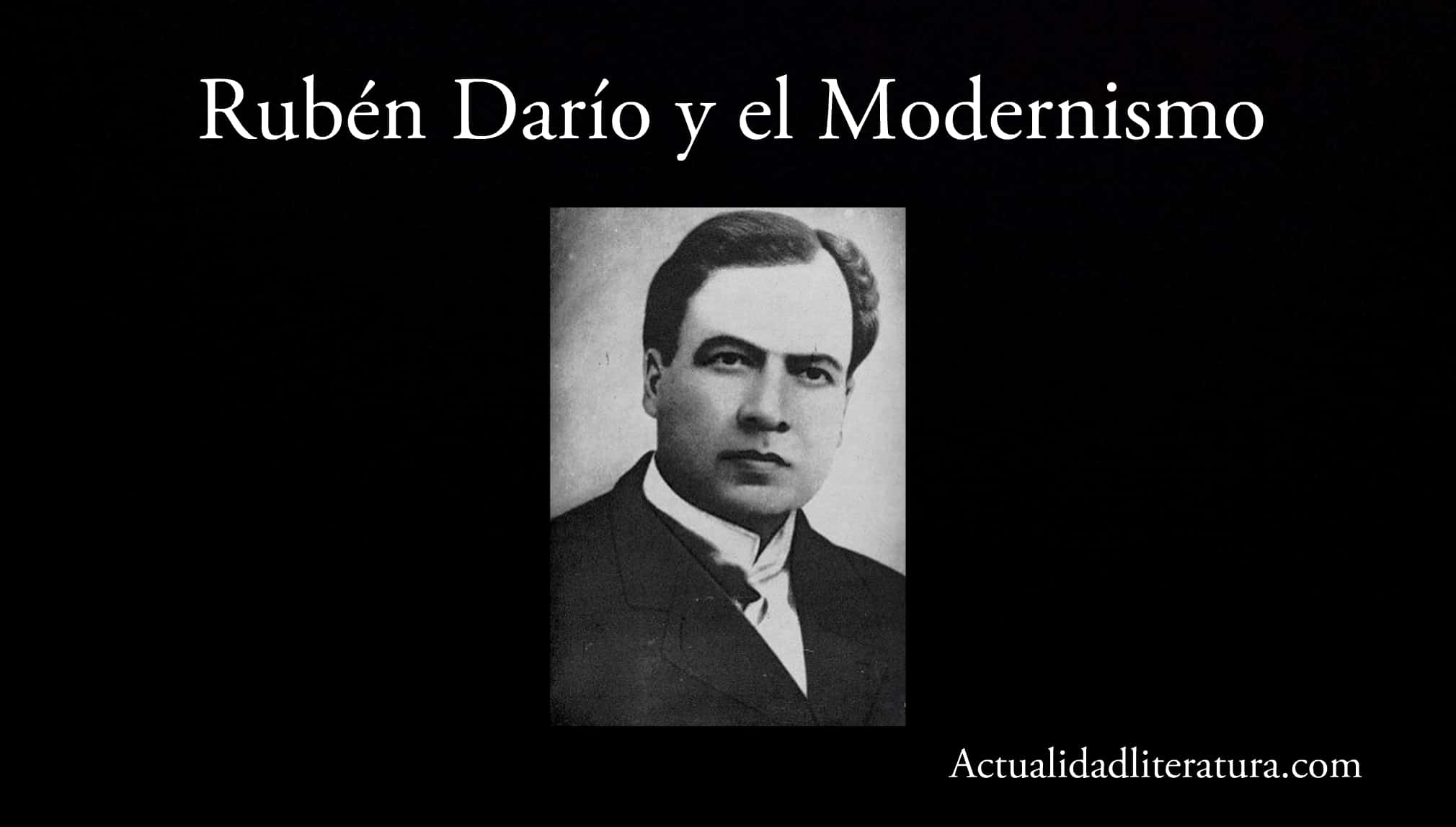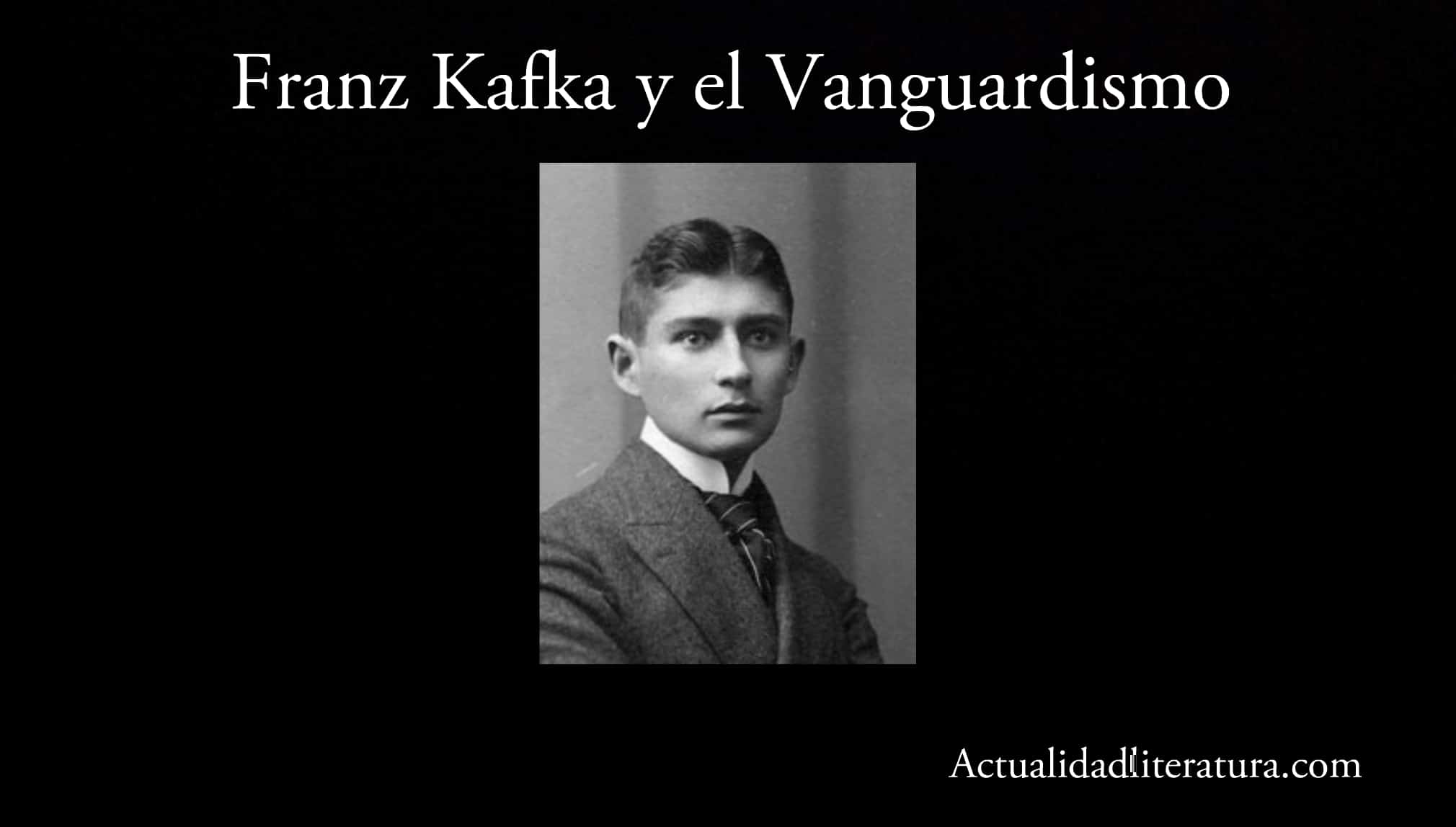
Miguel de Cervantes and the Renaissance.
Throughout history, different literary movements have been established within the world of letters. Each one in its moment, synthesizing the searches and desires of humanity. As well as your deepest fears and fears. After all, art has always functioned as a reflection of reality.
Many of the movements are self-conscious. They have founding documents and manifestos that give an account of motivations, objectives and needs. In most cases, the title responds to a historical review that does not only include literature or art.
Classic Period: moderation
It all started in Greece and then spread to Rome. Of course this is an entirely Eurocentric view. Classicism includes the XNUMXth centuries BC. C. until V d. C. Balance and harmony were the main values. The authors cared about the viewer. Entertaining was one of the motivations. But also exalt the soul.
The Iliad Homer and King Oedipus of Sophocles are two emblems of this time. One way or another, over the years, literature always returns to these authors. In addition, the "Aristotelian structure" continues to be the great paradigm when it comes to storytelling. A concept that since the invention of cinema at the end of the XNUMXth century has reaffirmed its validity.
The Middle Ages: darkness?
Beauty ceased to be important. Everything began to revolve around God ... well, more in fear of him. A period as controversial as it is long. It ranges from the fall of the Western Roman Empire to the arrival of Columbus in America. This coincided chronologically with the fall of the Byzantine Empire and the invention of the printing press.
Medieval authors, in general, fulfilled a didactic function. His "job" was to promote moral standards and for the people to know the social rules to which they had to submit. Many of the works survived thanks to oral transmission, which increases the degree of imprecision in the analysis of this period. Even so, fundamental pieces reached our days. The Sing of my Cid It is proof of that.
Rebirth (of humanity)
The return of the light. Many define what happened in much of Europe during the XNUMXth and XNUMXth centuries with this phrase. A vindication for the classic movements that were gestated in Ancient Greece. It is one of the most iconic artistic moments in human history. And although the visual arts and architecture monopolize all the spotlights, literature is an aspect that cannot be ignored.
Nature takes center stage. The same as a renewed look at philosophy, but now understood as an element of Christianity. These are the days of Leonardo Da Vinci and Michelangelo. The latter, a prominent poet, in addition to his well-known facet as a painter and sculptor. Shakespeare, Machiavelli and Luther also appear on the scene. The same as the most important work in Castilian of all time: Don Quixote by Cervantes.
The baroque reload
Baroque appeared to break with the apparent normality that prevailed during the Renaissance. In force during the seventeenth century, Although it maintained the spirit of classicism, the voices of protest gave rise to more complex narratives in literature. Where not only attention was paid to the forms. The choice of topics to be discussed was a vital matter
Chivalric stories continued in vogue, also leaving room for pastoral and picaresque tales. Several self-conscious movements were forged inside her, many of them opposed to each other. As what happened in Spain with Culteranismo, represented by Luis de Góngora y Argote and Conceptualismo, which had its greatest exponent in Francisco de Quevedo.
Neoclassicism: a new revision to the usual values
Over the centuries, humanity has developed an increasingly frenetic pace. This is perfectly reflected in the arts: the "more modern times", the disagreement and changes appear faster. LThe recharge of the Baroque found an almost immediate response with Neoclassicism. Another return to what the Greeks and Romans proposed.
During the XNUMXth century, letters recovered their moralizing purpose, although this time focused on reason. The forms were still important, but the goal was to achieve a clean, clear and simple communication. Superfluous ornaments were left aside. auspicious Goethe's is one of the most representative pieces of this period.
Romanticism and the art of dreaming
During the first part of the XNUMXth century, capitalism and pragmatism began to emerge as the current paradigms. Literature did not show much enthusiasm before this panorama and responded with the emergence of Romanticism. The defense of individual freedom was one of the main engines of this trend. As well as the vindication of subjectivism, fantasy and intimacy.
The first journalistic reports developed not only with an informative vision or as a protest appear. These are also seen as a form of artistic manifestation. The list of names from this period is as extensive as it is heterogeneous: Mary Shelley, Bram Stoker, Edgar Allan Poe, Gustavo Adolfo Bécquer and a very long etcetera.
Realism
The "reign" of romanticism did not last long. In the same nineteenth century he found opposition in Realism. No more subjectivism, no more intimacy. The analysis of reality and collective human experiences fill the scene. The feelings and the need to escape are condemned to oblivion.
Madame Bovary Gustave Flaubert represents in non plus ultra of this period. A novel that, in addition to being controversial, was tremendously revolutionary. Names like Alexandre Dumas and Henry James, among many others, also stand out.
Modernism

Rubén Darío and Modernism.
The "modern times" finally arrived. At the beginning of the XNUMXth century, after a whirlwind of movements and counter movements that appeared during the previous century, literary modernism evokes, to some extent, the past again. Love and eroticism take over the scene. Evading the passage of time is again allowed.
Latin American lyrics are quite mature by now. What comes from Spain is not only imitated, but it is also proposed. So much so that the great reference of the lyrics of this period was born right in the middle of a continent that has always claimed its originality. We talk about the Nicaraguan Rubén Darío and its fundamental piece: BLUE.
El Avant - Garde

"All against the world." Perhaps this phrase is a bit exaggerated, but the artistic avant-gardes were born to break with all the previous. They also arise to question the value of academicism. It is a tremendously dissatisfied period where the main claim focuses on freedom of expression.
It was born in parallel with modernism, and the same isthmus that put a brake on its "contemporary" (World War II) forced its relevance to be reviewed. Names as diverse as determinants in the history of letters appear among their exponents. Four examples:
- André Breton.
- Julio Cortazar.
- Franz Kafka.
- Ernest Hemingway
The era of the "Post"
To a certain extent, it is the period we are living through. We speak of a postmodernism, as well as post-avant-garde. Within both, other essential movements abound in the history of literature. Particularly important for Latin American letters, magical realism, with Gabriel García Márquez as one of its greatest references.